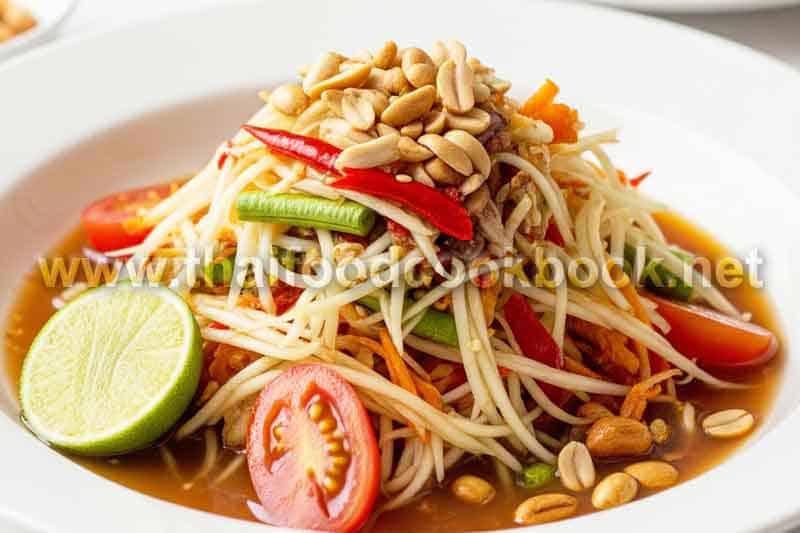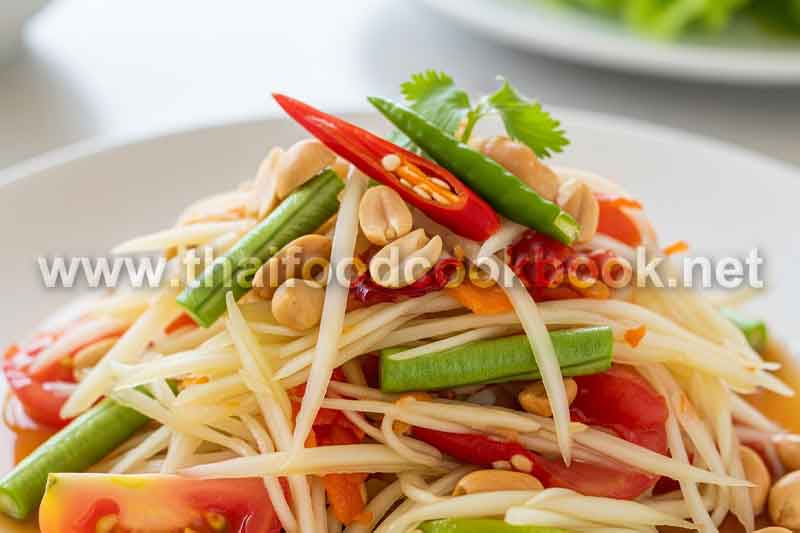How to prevent chicken breast from turning dry in Thai stir-fry
Understanding how to prevent chicken breast from turning dry in Thai stir-fry is the key to achieving a tender, juicy texture instead of the chewy or rubbery result that many home cooks struggle with. Chicken breast is naturally low in fat and extremely lean, so without proper preparation it loses moisture quickly over high heat. When the pan is too hot for too long, the proteins contract and squeeze out juices, leaving the meat fibrous instead of succulent. Thai street cooks avoid this problem by marinating, slicing correctly, and protecting the surface of the meat with starch or oil before stir-frying. This step, often called velveting, creates a moisture barrier that prevents dryness and helps the sauce cling more evenly. Just like seasoning timing matters in a stir-fry, so does the way chicken is pretreated before it ever hits the wok. If your chicken comes out tough, the issue is not only the cooking but what happened before the pan even got hot Thai stir-fry chicken.
Why chicken breast dries out so easily in a wok
The main reason chicken dries out in high-heat stir-frying is that lean muscle fibers tighten rapidly when exposed to sudden heat without protection. Breast meat contains very little fat compared to thigh meat, so it does not self-baste during cooking. If sliced incorrectly, the grain structure of the meat becomes more exposed, which speeds moisture loss even further. Overcrowding the wok also leads to steaming instead of searing, meaning the meat sits in its own evaporated moisture until it turns pale, stringy, and tough. These texture issues are built into the ingredient itself unless you compensate with technique. The solution is to reduce direct heat shock without reducing wok temperature, which is why velveting and quick cooking are foundational Thai kitchen habits.
- Lean meat releases moisture faster
- Improper slicing exposes grain fibers
- Overcrowding leads to steaming
- Lack of fat means no natural protection
The technique Thai cooks use to keep chicken juicy
To keep chicken breast tender in stir-fry, you must prepare it before it ever touches the wok. Velveting creates a thin protective coating around each piece of chicken that traps moisture inside while allowing the surface to brown. This can be done with a simple mixture of cornstarch, oil, and a splash of liquid like fish sauce or soy sauce. Some Thai cooks also briefly marinate the chicken in baking soda to soften the protein structure before rinsing, which improves tenderness even more. Once prepared, the chicken should be stir-fried quickly over high heat and removed from the wok the moment it turns opaque, then added back in at the end so it finishes cooking gently in the sauce.
- Slice against the grain into thin pieces
- Toss with a light starch-oil coating (velveting)
- Flash-sear quickly, do not overcook
- Return to the dish only at the end
How to apply these methods step-by-step for moist results
In summary, the reason chicken breast becomes dry is because high heat and lean protein structure cause rapid moisture loss unless protected through slicing, coating, and quick cooking. To prevent dryness, always cut against the grain, velvet the meat before stir-frying, and avoid overcooking by finishing it in the sauce at the end rather than leaving it in the wok too long. Managing temperature is also essential—sear fast, then remove early. If you want deeper guidance on velveting technique and why it works scientifically, this breakdown of velveting chicken explains how to consistently produce juicy, restaurant-quality stir-fry chicken at home without guesswork.

